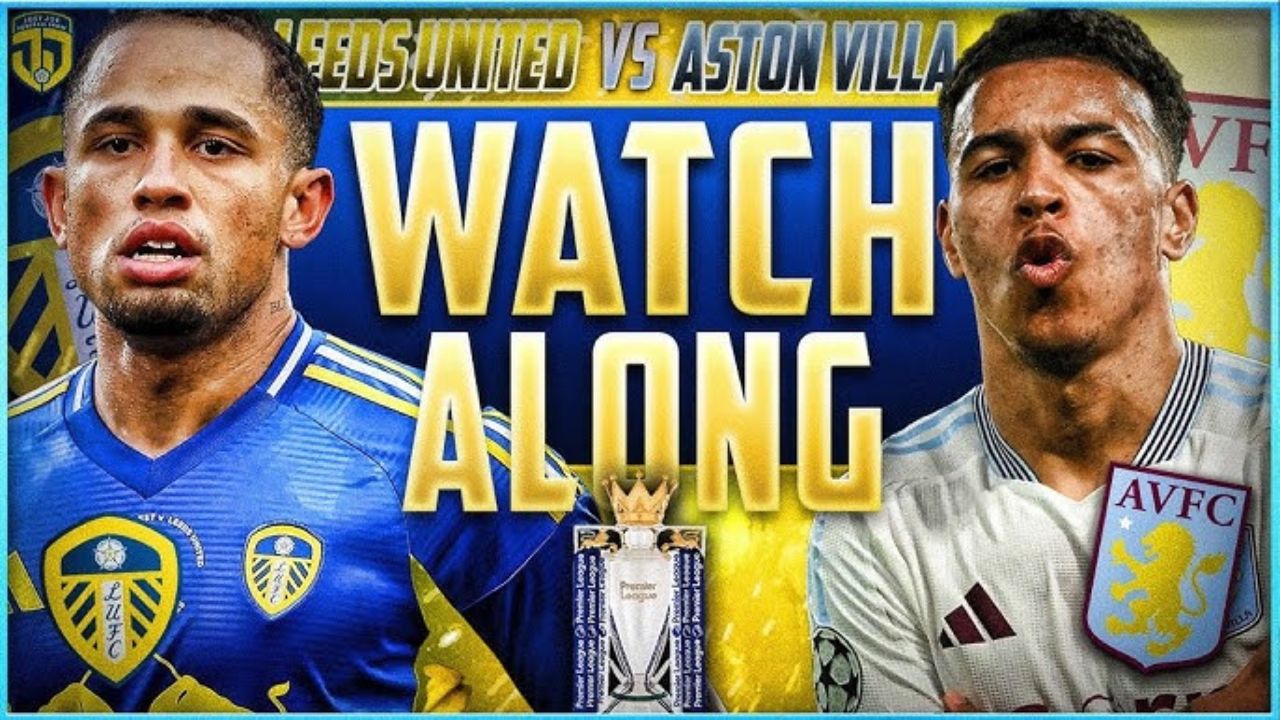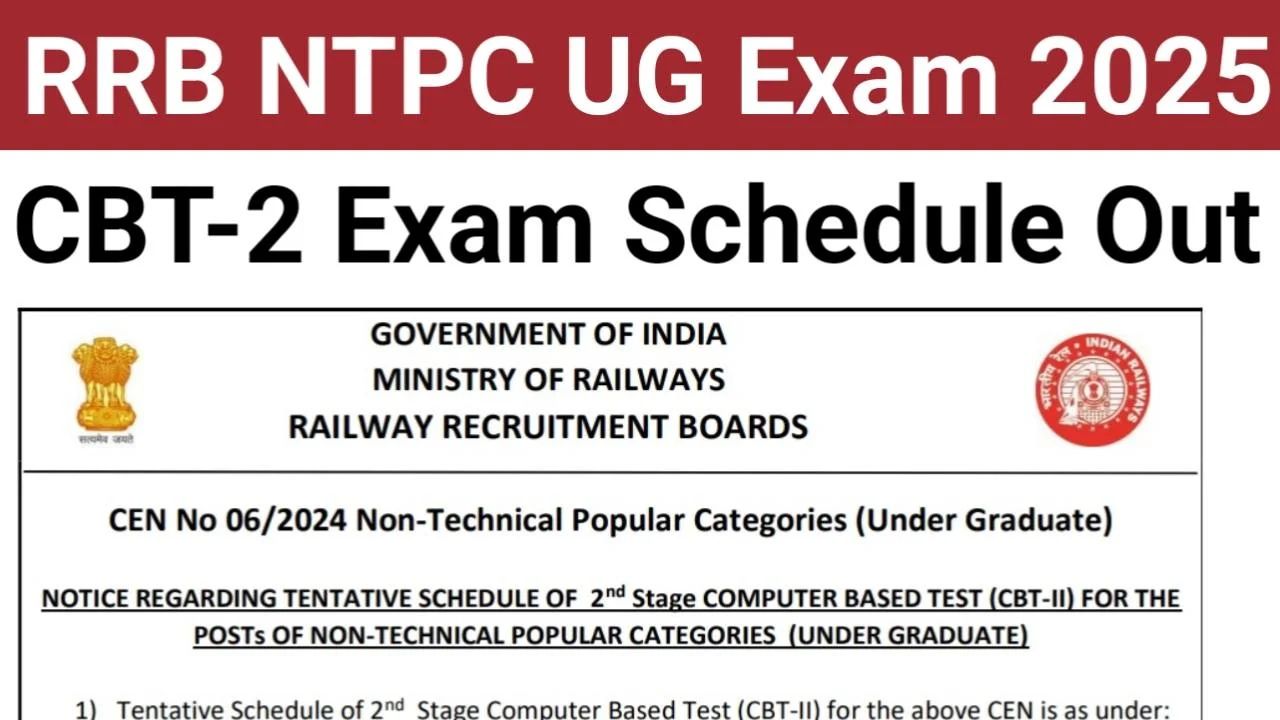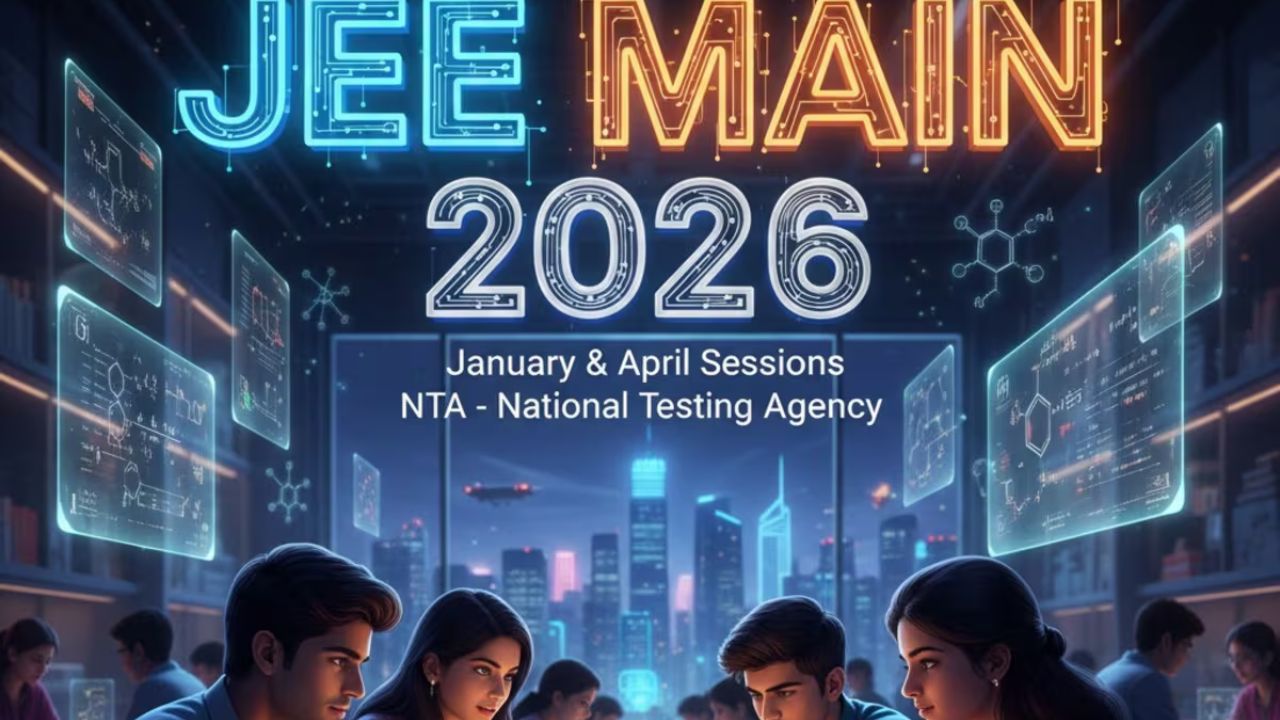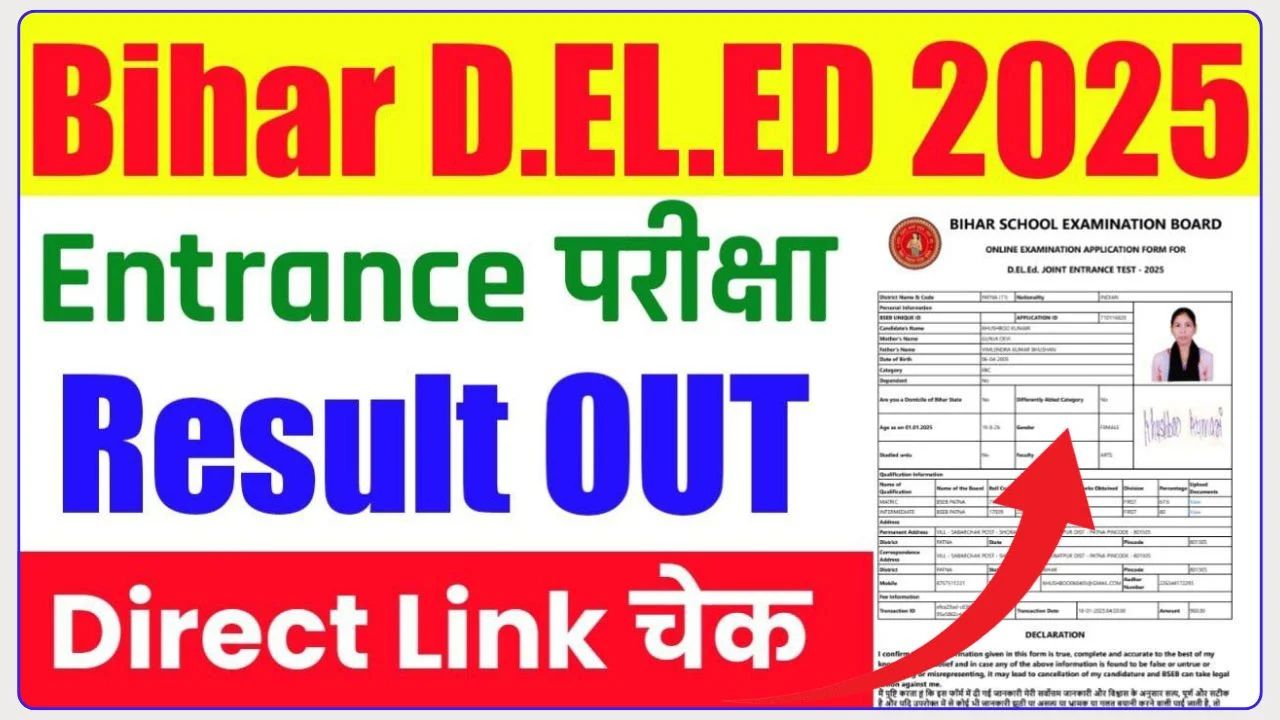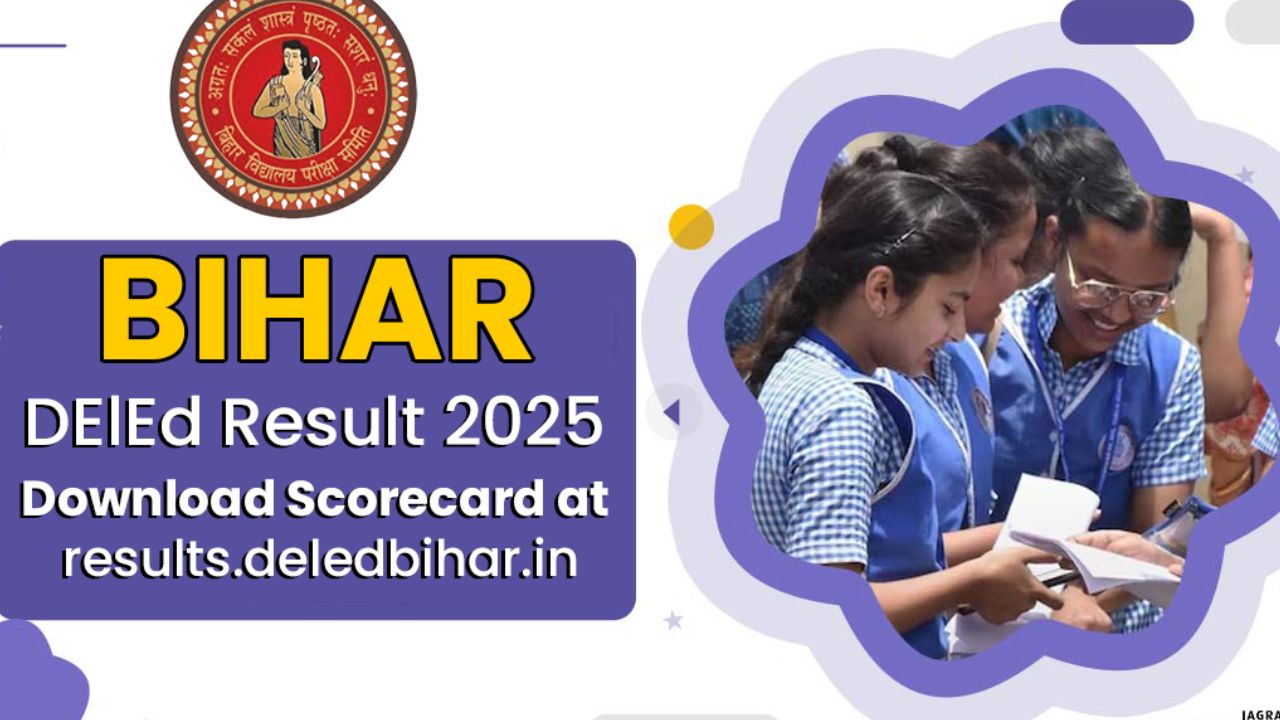ST Vs HB: Intent in the first six overs or stability after ten what consistently leads to victory? Find out why.

ST Vs HB: T20 games are often won in moments you almost miss: the one slower ball into the wind that forces a mis‑hit, the early single that turns into three because a rider’s angle was off by a step, the batter who keeps his shape on the shorter side when everyone expects a slog. ST vs HB arrives with all the familiar T20 levers—conditions, matchups, and Power Surge timing—plus the tactical wrinkles each side trusts when pressure compresses decisions. With both squads carrying form players and a few moving pieces, the edge likely emerges from resource sequencing: who spends their best overs against the right batters, and who preserves one bailout option for the last 12 balls.
Match status and schedule
- Fixture window: The matchup aligns with the domestic T20 calendar where Sydney Thunder (ST) and Hobart Hurricanes (HB/HH) frequently meet across league and knockout contexts; recent previews flagged how form spikes and selection balance shape early‑season games.
- Head‑to‑head context: ST and HB have traded streaks in recent seasons, with previews noting Thunder’s early surges and Hurricanes’ strong finishes; exact edges often flip with venue and availability on the day.
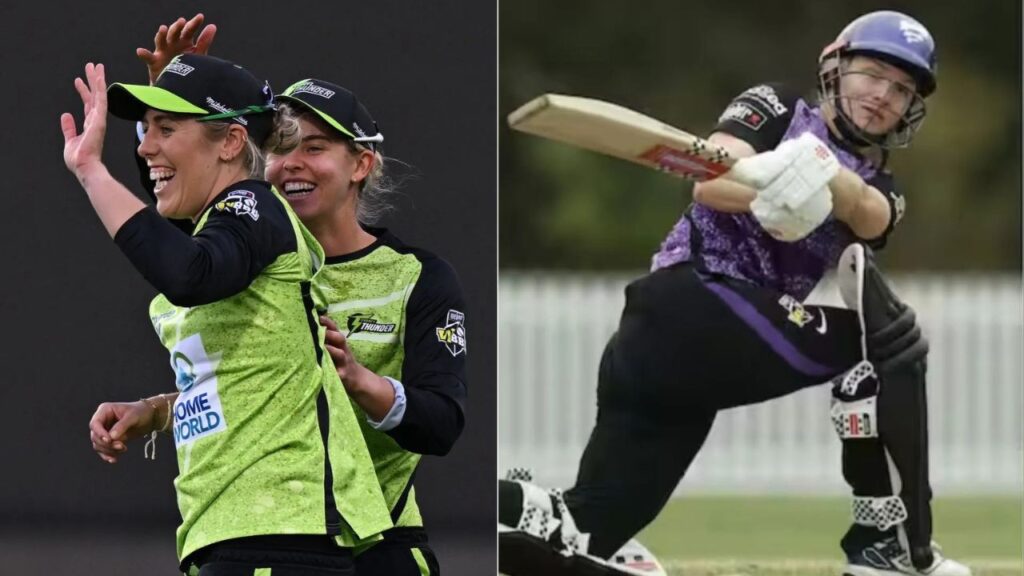
Venue, pitch, and toss trends
- Ground traits: Allan Border Field, Brisbane, has shown a chasing bias in WBBL/W‑league samples, with prior records indicating 13 wins for chasing sides out of 19—dew and truer pace late can shift par upward for a chase.
- Pitch behavior: Expect true bounce with some hold for spin in the middle overs; pace‑off variations and cross‑seam can drag par back if the surface slows under the sun or wind picks up.
- Toss call: Captains leaning to bowl first when dew risk and chasing records favor the side batting second, especially with balanced chasers who rotate well in the middle.
Tactical levers: PP, middle, death
- Powerplay (overs 1–6)
- ST: Top‑order intent must coexist with wicket preservation; a 45/1 start sets a platform for a controlled 160+.
- HB: Look to attack hard length early and test drives on the up; new‑ball swing can buy a wicket to slow ST’s middle.
- Middle overs (7–15)
- Spin vs sweep/rotate: Wrist‑spin webs versus pre‑planned sweep/deflect patterns; the side that sustains 7.5–8.0 RPO without wickets usually owns the chase path.
- Pace‑off into wind: Off‑pace at chest/hip lines with packed leg‑side can force flat hits to riders; dot pressure feeds miscues.
- Death overs (16–20)
- Wide‑yorker channel vs bluff bouncer: Sequence wide‑yorkers to hit the tramlines, deploy the surprise bouncer only after establishing base length; keep third‑man/short‑fine angles for miscues.
- Batting plan: Farm the strike 60–90 seconds before over 20; target short‑side pockets and avoid premeditated scoops unless field tells you the gap is on.
Key matchups and role clarity
- Left‑arm pace vs right‑hand anchors: Early swing into the channel outside off; anchors who ride the seam and play late blunt the threat.
- Wrist‑spin vs power hitters: Hitters who pre‑commit to the slog sweep give the bowler the wrong read; rotating with late cuts/deflections keeps the field honest.
- Finishers vs death specialists: If Hurricanes hold back their best death pair for the correct hitter, they control variance; if Thunder carry an in‑form finisher to 18.1, they flip endgame math.
Data cues and par‑score math
- Par bands: On truer nights, bat‑first par sits around 155–165; on slower holds, par can drop to 145–150 with 155 chaseable if a set batter reaches the 17th.
- Over density: Any over below 5.0 RPO from 7–15 requires an immediate counterpunch in the next over to avoid scoreboard stall; two such overs usually sink a 160 chase.
- Chasing bias: At Allan Border Field, historical chasing win rates reported at ~70% in small samples suggest captains may prefer to bowl, especially under dew hints.
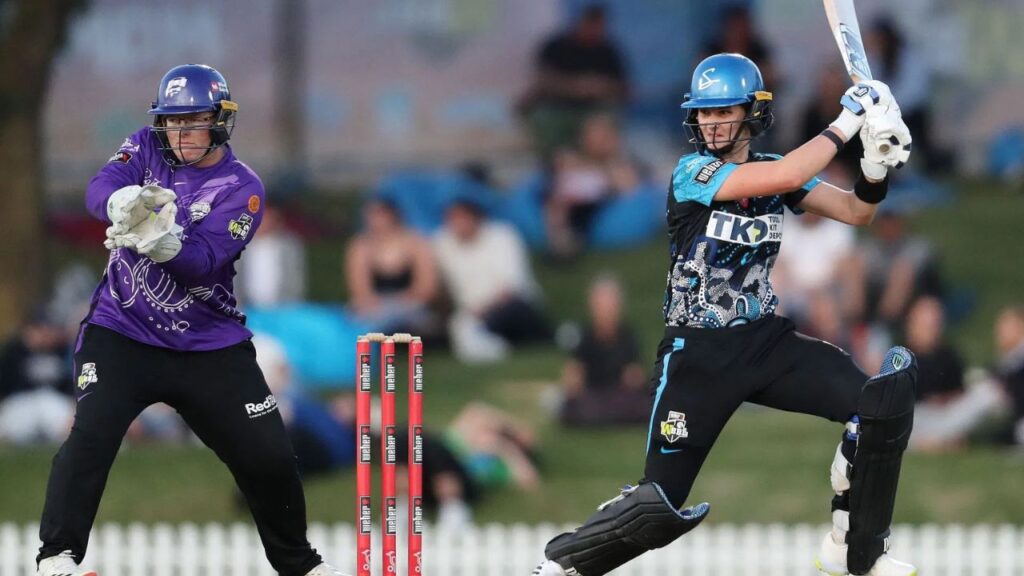
FAQs
Q1. What is the par score for ST vs HB at Allan Border Field?
On truer surfaces under lights, 155–165 is a realistic bat‑first par; with hold and wind into the pitch, 145–150 can defendable if wickets are in hand at 15 overs and death plans are executed.
Read Also
Q2. Is it better to bat or bowl first in this fixture?
Historical WBBL samples at Allan Border Field show a chasing tilt (13 wins in 19 matches), and dew risk supports bowling first; captains often prefer to chase here when conditions hint at truer late pace.
Q3. Which tactical phase usually decides ST vs HB?
Middle‑over density and death sequencing—teams that maintain 7.5–8.0 RPO through 7–15 without losing wickets and save a premium death bowler for the right hitter typically control the result.
Q4. What matchups matter most?
Left‑arm pace to right‑hand anchors early and wrist‑spin to power hitters in the middle overs; finishers versus specialist death bowlers decide whether par is exceeded or suppressed late.
Q5. How should teams time the Power Surge?
Best returns come with two set batters and fielders pulled inside; mistimed Surges—taken with a new batter or into a specialist over—often net 6–10 runs below potential.
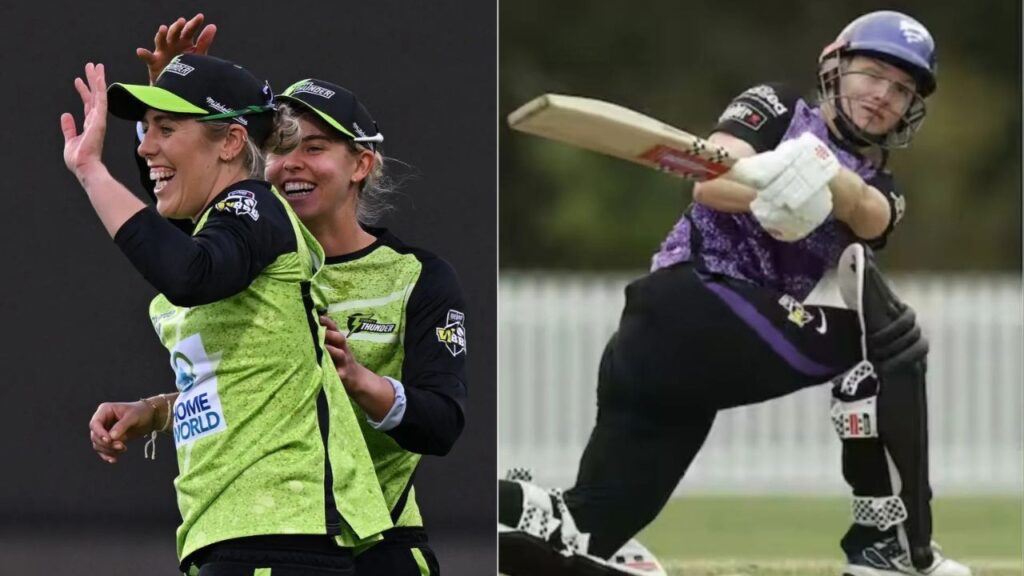
Read Also
Conclusion
ST vs HB will hinge on timing and micro‑matchups: a bowler saved for the right batter, a Surge called with intent, or a finisher protected to the short side at the death. Track XIs, watch the wind, and map the middle overs—read those right, and you’ll predict the result well before the handshake.
